
Which Air Rifle Calibere is Best for Hunting?2 Comments29 March 2024 | Air Arms
Hunting species with an air rifle can be a challenge for air rifle experts everywhere, especially new shooters. A successful shot requires not only skill and knowledge but also precision and accuracy, so how can you ensure each shot counts? Considering factors such as game species, size, shooting distance, and power requirements, choosing the perfect calibre for your air rifle can make all the difference in your hunting success. This article will explore the world of air rifle calibres and their pros and cons. From small-game hunting to pursuing medium-sized and larger games, let's take a look at which air rifle calibre is best for hunting and what limitations each calibre may have. 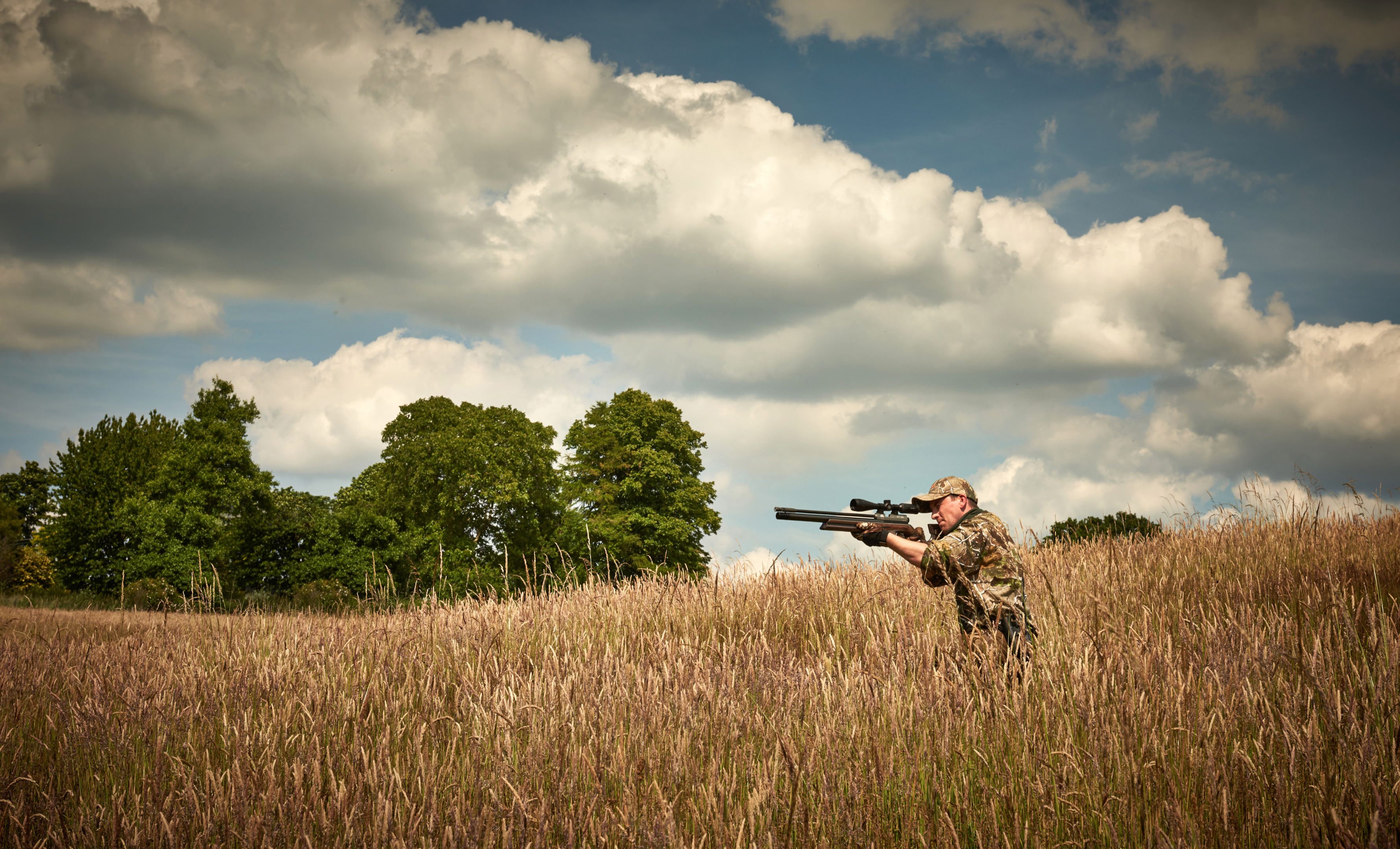 Understanding Air Rifle CalibersSo, what is an air rifle Calibre?Caliber refers to the internal diameter of the barrel and is typically measured in inches or millimetres. In air rifles, calibre determines the size of the projectile (pellet) that can be fired from the barrel. Let's look at the most common types of calibre available and what they are suitable for. .177 calibre:
.22 calibre:
.25 calibre:
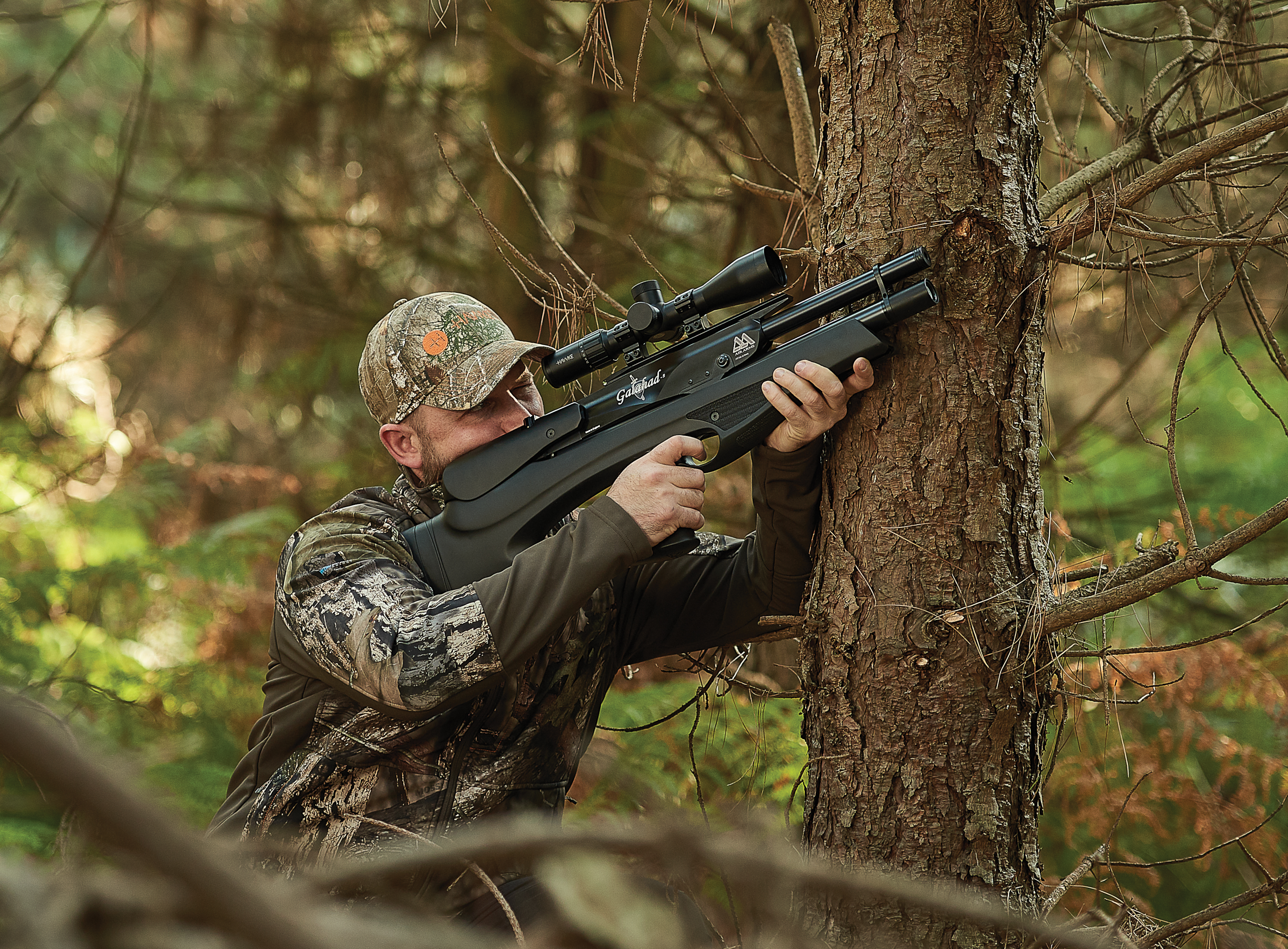 Explanation of calibre measurement in air riflesThe calibre measurement is essential because it directly influences the size and weight of the pellets that can be used. Different calibres offer varying velocity levels, accuracy, and impact energy, affecting their suitability for hunting or shooting activities. When selecting the appropriate calibre, it's essential to consider the intended purpose of the air rifle and the characteristics of the game you plan to hunt. Understanding the calibre measurement helps you choose the right air rifle for your specific needs. Factors to Consider When Choosing the best air rifle for youWhen selecting the perfect air rifle calibre for your hunting needs, several important factors must be considered. These factors will help determine the calibre most suits your intended game and shooting conditions. Here are some key considerations: Game Species and Size:Different game species have different size and weight characteristics. Consider the typical length of the game you plan to hunt.
Shooting Distance:Take into account the typical shooting distances you expect to encounter while hunting. Smaller calibres like .177 may be suited for shorter distances where accuracy is vital, while larger calibres like .25 or .30 may offer better performance at longer ranges. Power Requirements:Think about the power requirements needed to effectively take down your intended game. Larger and tougher Game may require more kinetic energy and stopping power, which larger calibre rifles can provide. However, striking a balance is important, as excessive power may cause unnecessary damage or reduced accuracy with smaller games. Determining what type of air rifle is best for your needs is important. PCP air rifles, spring air rifles, CO2 air guns, and gas ram pellet guns all have unique features that help with certain shooting. Check out our What is an Air Rifle Blog to learn about these types. 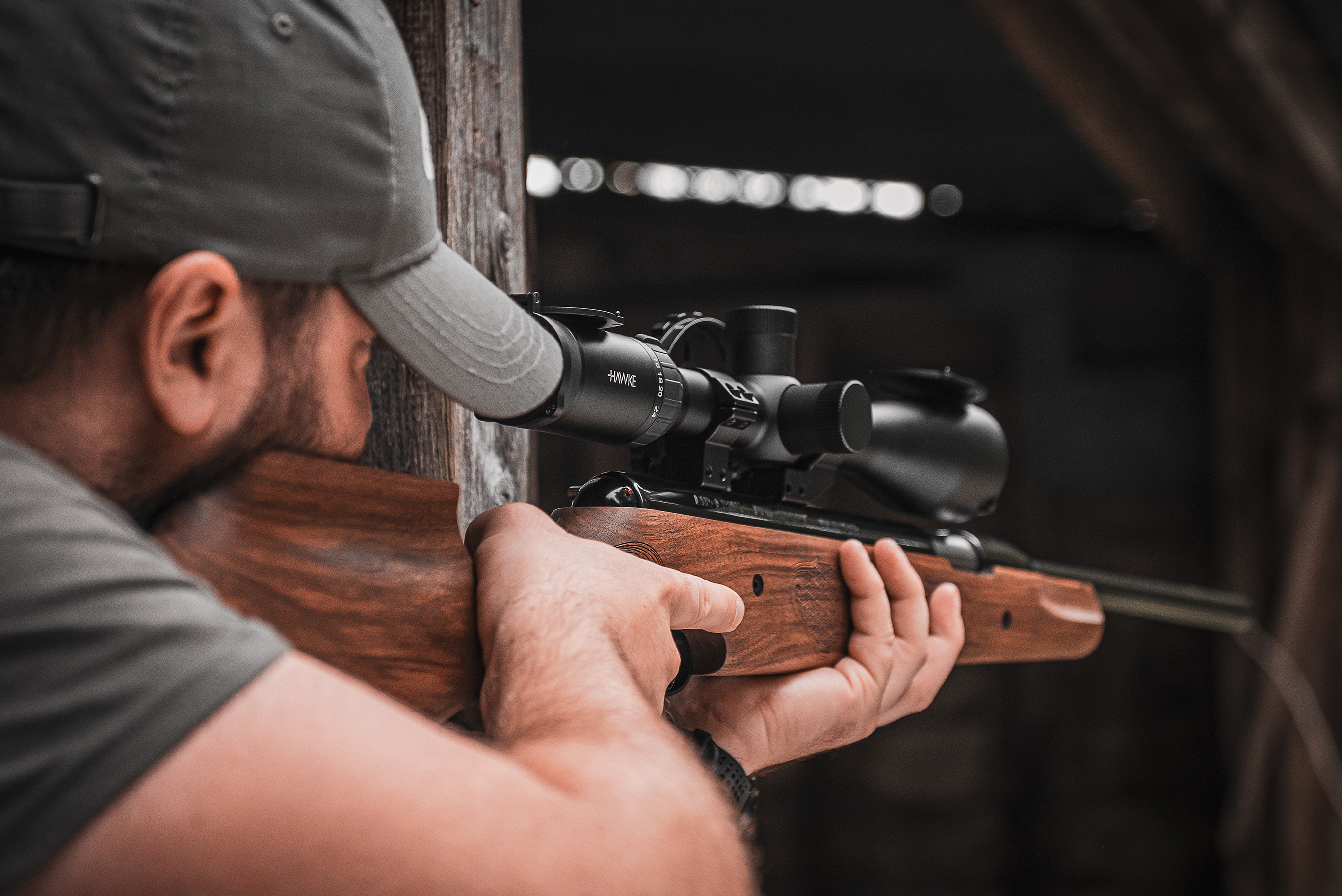 Pellet Availability and Cost:Assess the availability and cost of pellets for the chosen calibre. Some calibres may have a broader range of pellet options and readily available ammunition, while others may be harder to find or more expensive. Personal Preference and Comfort:Consider your shooting preferences and comfort. Some shooters may prefer the handling and characteristics of a specific calibre over others. Choosing a calibre that feels comfortable and allows you to shoot accurately and confidently is essential. Considerations when shooting gameDifferent game species have varying sizes, weights, and anatomical structures, which impact the effectiveness of various calibres. The right calibre ensures the projectile has enough energy to penetrate and deliver an effective shot, resulting in a clean and ethical kill. Small GameFor small game, calibres like .177 and .22 are commonly used. These calibres offer sufficient accuracy and velocity for precise shots without excessive power or damage. Using .177 or .22 calibres for hunting small game:
Medium-Sized GameCalibres like .22 and .25 are suitable for medium sized games. They balance power and accuracy, delivering enough kinetic energy to take down these animals effectively without excessive damage. Suitability of .22 or .25 calibres for hunting medium-sized game:
Larger GameWhen hunting larger game, calibres such as .30 or larger are recommended. These calibres offer higher kinetic energy, penetration, and stopping power necessary to harvest larger animals ethically. Appropriate calibres for hunting larger game like deer or wild boar:
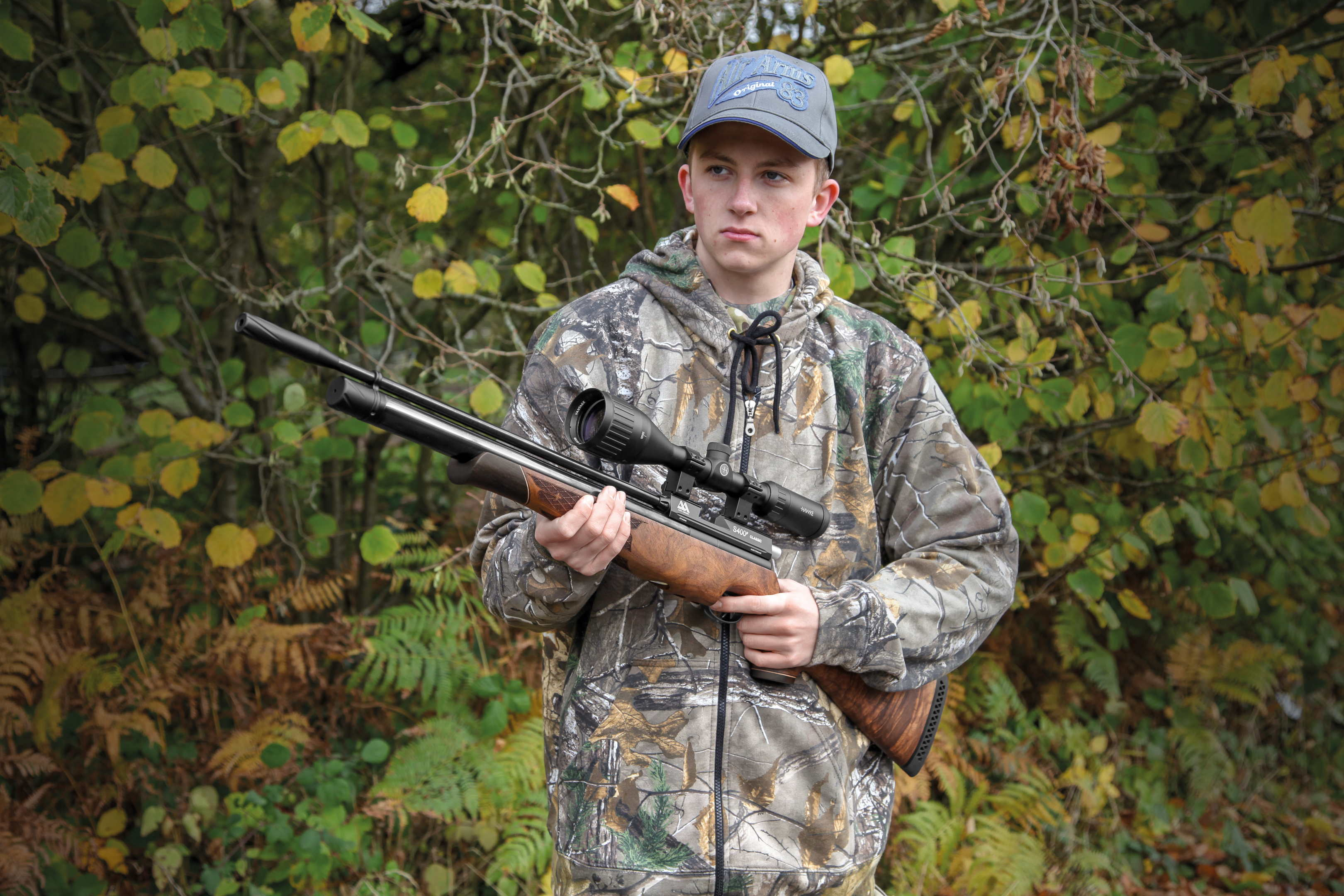 Distance and Accuracy:Different calibres perform differently at various shooting distances:
The relationship between calibre, accuracy, and effective rangeCaliber plays a role in determining a shot's accuracy. Smaller calibres tend to have less recoil and produce less disturbance in flight, making them more forgiving in accuracy. However, larger calibres have the potential to deliver higher kinetic energy, which can compensate for slight accuracy variations and still provide an effective shot. Effective range refers to the distance a calibre maintains sufficient velocity and energy to deliver a humane and ethical kill. It is influenced by projectile weight, muzzle velocity, and ballistic characteristics of the calibre. Smaller calibres may have a shorter effective range due to their lower energy and velocity, while larger calibres can maintain effectiveness over longer distances. It's important to note that accuracy is not solely determined by calibre size. Factors such as your skill, your rifle quality, ammunition selection, and environmental conditions also significantly impact accuracy at any distance. Regular practice, proper technique, and familiarity with your chosen calibre are essential for achieving consistent accuracy. 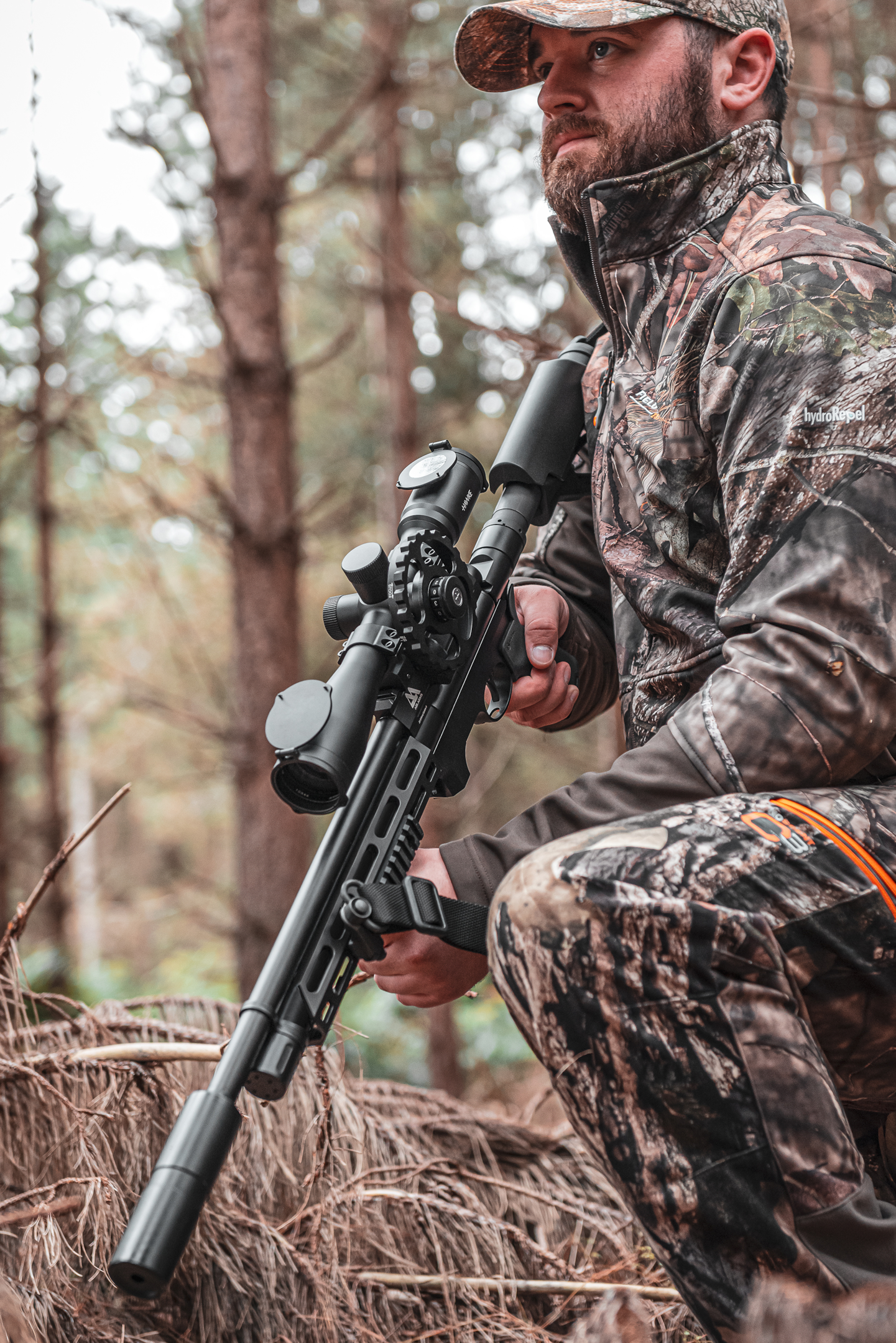 Power and Energy:Caliber affects power and energy transfer to the target:
The importance of sufficient power for humane and ethical hunting:
It's essential to strike a balance when considering power requirements. Using excessive power or calibre for the smaller game may cause unnecessary damage, leading to meat spoilage or reduced accuracy. On the other hand, using an inadequate calibre for the larger game can result in ineffective shots and undue suffering. Understanding the relationship between calibre, power, and energy is crucial for selecting the appropriate calibre that delivers sufficient stopping power for ethical and humane hunting practices. Always consider local regulations, game size, and the specific requirements of your hunting situation when choosing a calibre. 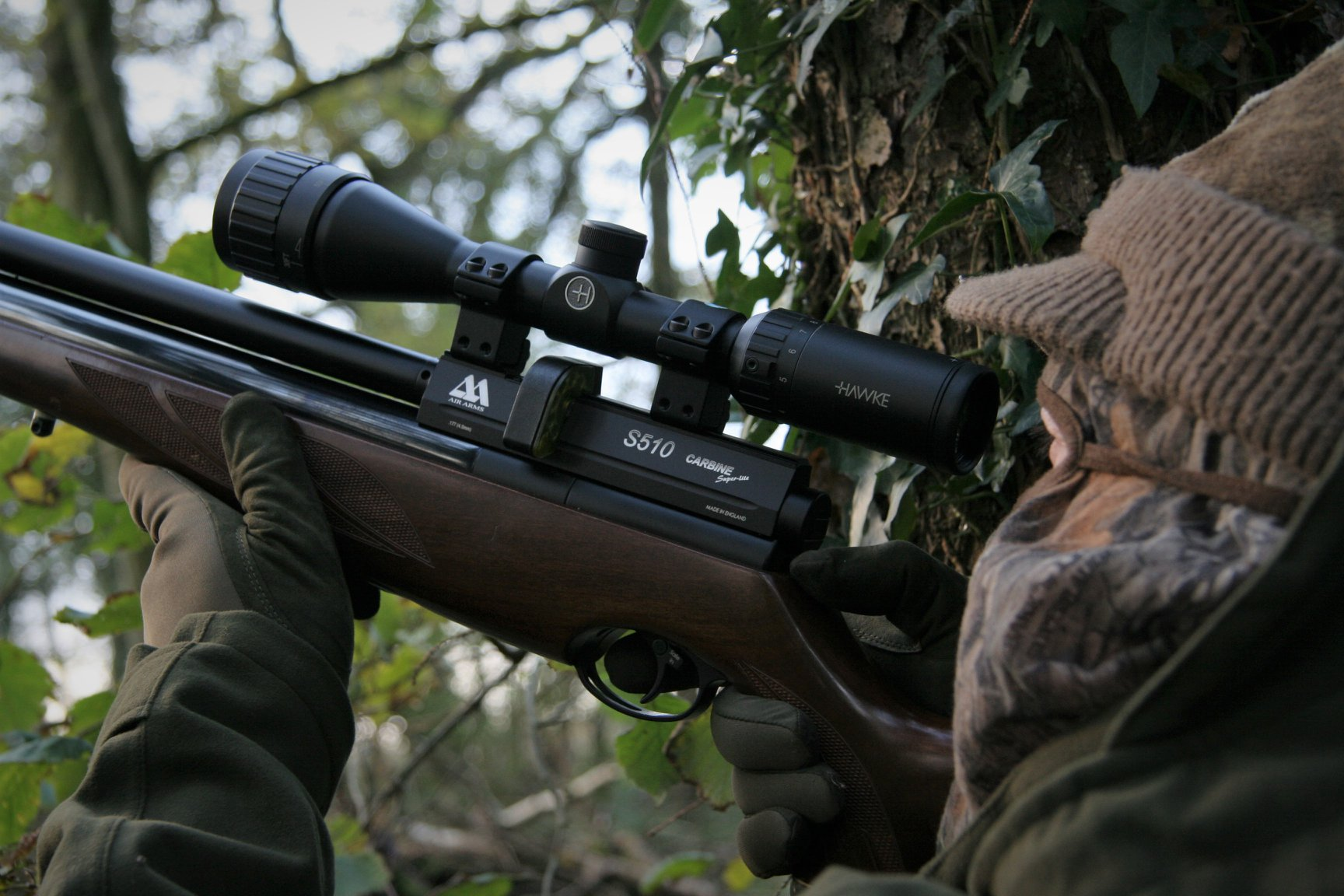 Other ConsiderationsChecking your local laws and regulations regarding minimum calibre requirements for hunting is essential. Consider some considerations you must familiarise yourself with before choosing an air rifle.
To ensure compliance with local laws and regulations, it is essential to consult official sources such as government wildlife agencies or hunting regulatory bodies. These authorities provide accurate and up-to-date information regarding minimum calibre requirements, bag limits, hunting seasons, and any other restrictions or guidelines hunters must follow. Personal Preference and Experience:Personal preference and experience are important factors when selecting a calibre for hunting. Each hunter may have their preferences based on comfort, familiarity, shooting style, and individual shooting capabilities. Experience with different calibres can provide valuable insights into their performance, effectiveness, and suitability for specific hunting situations. It is beneficial for you to explore and try different calibres to find the one that best suits your needs and preferences. Experimenting with various calibres will allow you to gain firsthand experience and determine which calibre feels most comfortable and practical. Seeking guidance from experienced hunters can provide valuable insights and recommendations based on their own experiences and expertise. Engaging in discussions, attending hunting workshops or seminars, joining hunting communities, or seeking mentorship from seasoned hunters can help expand knowledge and understanding of different calibres. Final thoughtsUltimately, there is no one-size-fits-all regarding which air rifle calibre is best for hunting - as it depends on what's being hunted, what type of air rifle is being used, and where. By being open-minded, trying different calibres, and seeking guidance from experienced hunters, individuals can enhance their hunting skills and make informed decisions about calibre selection based on their preferences and experiences. When choosing an air rifle calibre for hunting, several important factors should be considered. Understanding the game species being hunted, the shooting distance involved, and the power requirements are crucial to making the right choice. As one of the leading manufacturers at Air Arms, we would love to help you on your shooting journey. Whether it's for target practice or pest control - we deliver airguns at the highest standard, from break barrel, spring air rifle to PCP Airguns. Please do not hesitate to contact us for any questions or queries regarding air rifles. |
|
VERY INFORMATIVE ...
In the process of choosing an air rifle.The article was very on point and helpful.
I did not see however the fps rating, which would have been helpful in my selection .
M